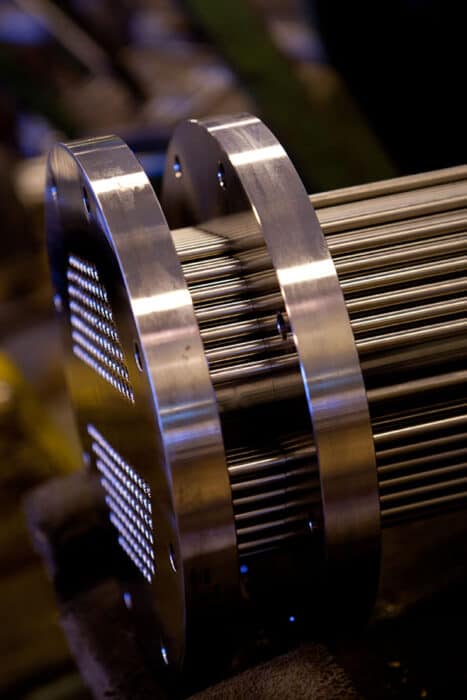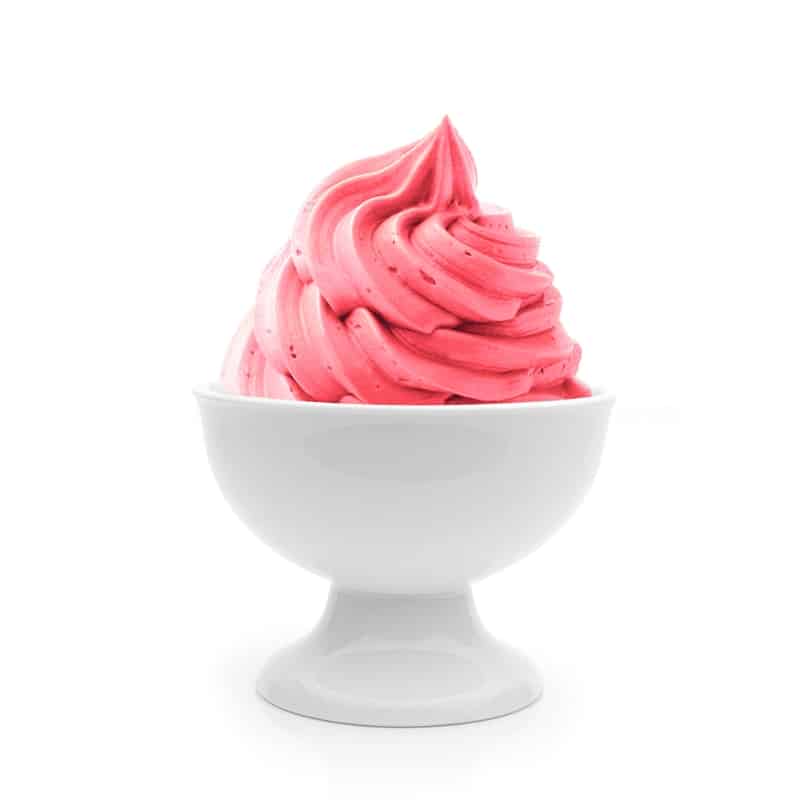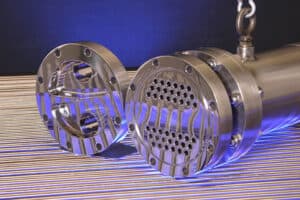Tips for preventing food recalls from your production facility
Leave a CommentAs a food production company, it’s your responsibility to ensure the products you ship from your facility are in good condition and safe for consumers.
A few aspects of this are ensuring your process is designed to prevent and detect potential contamination, and that your equipment is adequate for the job and thoroughly cleaned.
Prevent Food Recalls: Why is it Important?
Mistakes can happen. Food products are recalled on a regular basis. Often, recalls have to do with undeclared allergens. Other times, contamination can lead to a dangerous situation that prompts a recall. Some of the most common foodborne illness-causing organisms include:
- E. coli.
- Listeria monocytogenes.
- Salmonella.
These organisms can cause severe illness or even death, and may be found in food or dairy products that aren’t properly prepared. An estimated 1 in 6 Americans contract a foodborne illness annually, according to the U.S. Food and Drug Administration.
It’s always important for companies to actively work to prevent food recalls, reduce the risk of food contamination, and report dangerous products as soon as they’re discovered.
Food recalls are not only dangerous to consumers, but can also cost a business time, money and reputation. The average cost of a single product recall is $10 million, according to a study from The Grocery Manufacturers Association, Food Marketing Institute, Deloitte and GS1 US. That’s before lost sales and brand damage are taken into account.
Prevent Food Recalls through Process Review
If your process doesn’t support sanitary food production, you’ll always be at risk of a contamination. Since the FDA Food Safety Modernization Act came into effect, all companies who work with food products have completed a thorough process and equipment review and made any necessary changes where the operation put product at risk of contamination.
Reviewing your process shouldn’t be a one-time task. It’s important to periodically review your systems and identify potential areas to improve. Vulnerability assessments can show you areas where your operations are most at risk.
Regular inspections should be carried out, even during busy periods. During fast-paced production times, inspections may consist of simple visual reviews, which is fine in the short term. However, it’s important to follow these less detailed inspections with a more in-depth analysis later on.
Investing in Sanitary Equipment
The equipment you use plays a key role in product safety. There are two major factors that contribute to sanitary equipment: the features of the equipment itself (including materials and construction), and the continued maintenance and cleaning of them.
Some basic sanitary equipment design principles include having smooth surfaces and rounded edges so product doesn’t get stuck in sharp corners, Food Quality and Safety noted. Equipment that’s easy to clean is also important.
Stainless steel shell and tube heat exchangers meet these requirements. Here are a few options to consider:
- Straight tube designs have virtually no corners where product can get trapped and foul, and they’re simple to clean.
- U-tube models are a little bit trickier, but the rounded bend can be cleaned with the right process and equipment. Stainless steel in particular is a sanitary material because it’s resistant to contamination and fouling and is easy to clean.
- Cleaning in Place is a technique that allows for thorough cleaning without disassembling equipment or wasted water. CIP systems use shell and tube heat exchangers to run water, steam and/or cleaning chemicals through the equipment, recycling the liquid when it’s complete. CIP is both an effective and environmentally friendly way to keep equipment clean.
Choosing a Sanitary Shell and Tube Heat Exchanger
Just like it’s important to note the quality of standards of your food vendors, it’s equally critical to work with an equipment supplier that can be trusted to provide high-quality sanitary equipment. Your process is only as safe as your equipment allows.
Cross-contamination is a common concern in food processing facilities, but it’s also possible for your equipment to be affected by cross-contamination if it comes into contact with materials that aren’t meant to be food grade, such as carbon steel. Enerquip takes cross-contamination concerns seriously, which is why their engineers don’t work with carbon steel. Additionally, your equipment can be constructed according to 3-A requirements and other sanitary regulations.
Enerquip’s heat exchanger surfaces that will come in contact with products have surface finishes of 32Ra, though they can provide higher polished or electro-polished surfaces for hygienic applications.
To learn more about Enerquip’s custom shell and tube heat exchanger design process, reach out to our helpful heat exchange experts. We’ll talk through your process and determine your unique needs to provide you the best unit for your company, to help you prevent food recalls and product contamination.

 No manufacturer or equipment operator wants to have leaks. But for pharmaceutical processing equipment, leaks are particularly troublesome. Leaks create the possibility of product contamination, as well as corrosion or other chemical reactions that may occur when process and utility fluids mix.
No manufacturer or equipment operator wants to have leaks. But for pharmaceutical processing equipment, leaks are particularly troublesome. Leaks create the possibility of product contamination, as well as corrosion or other chemical reactions that may occur when process and utility fluids mix.




